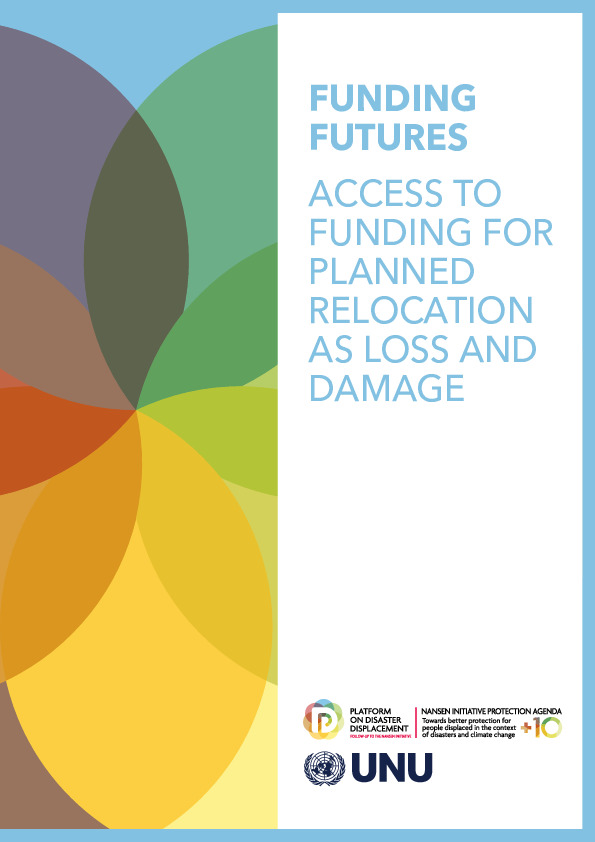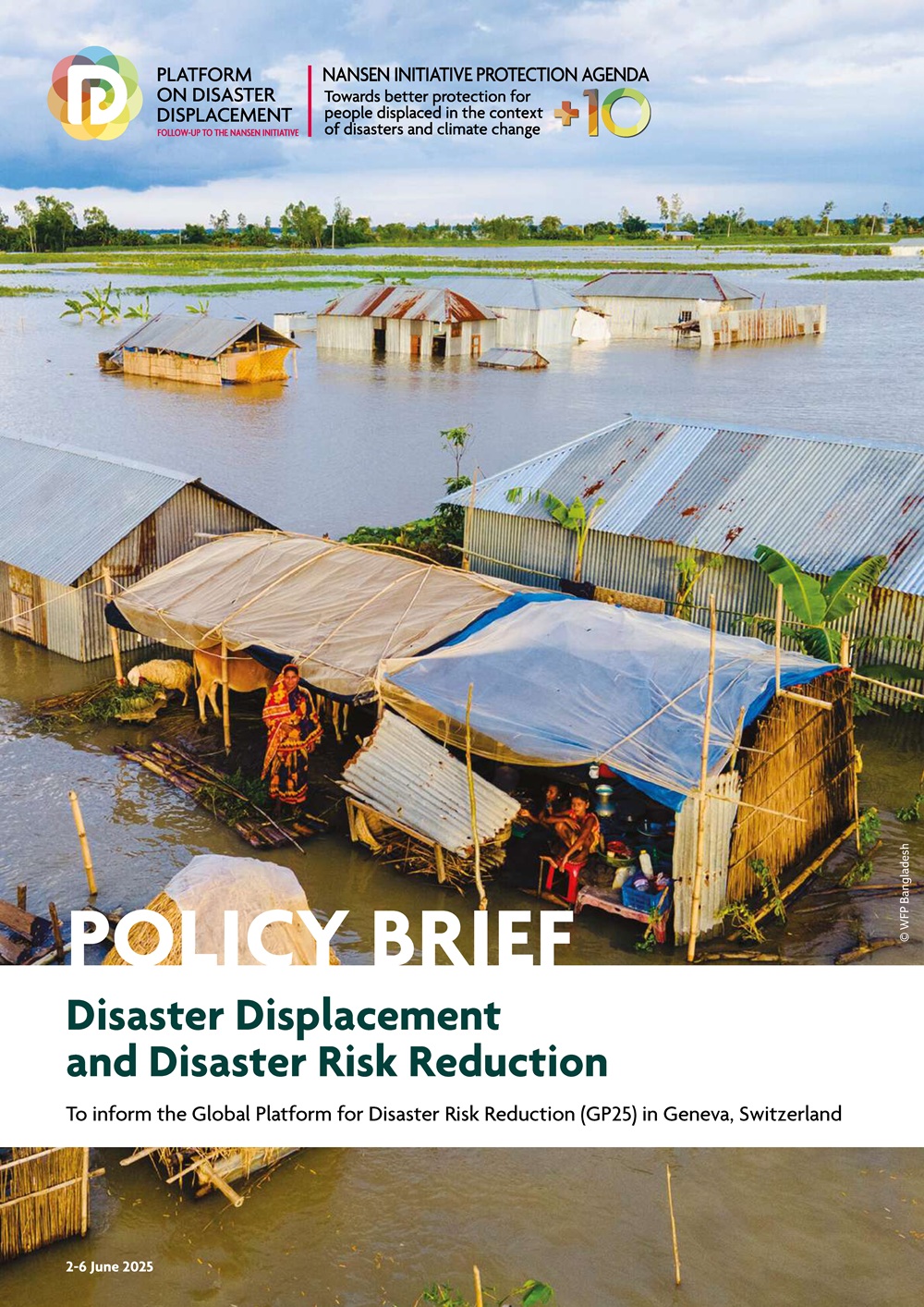State of the Global Climate 2020
WMO
It has been 28 years since the World Meteorological Organization issued the first state of the climate report in 1993. The report was initiated due to the concerns raised at that time about projected climate change. While understanding of the climate system and computing power have increased since then, the basic message remains the same, and we now have 28 more years of data that show significant temperature increases over land and sea, as well as other changes, such as sea-level rise, melting of sea ice and glaciers and changes in precipitation patterns.
Climate and weather events have major and diverse impacts on population movements and on the vulnerability of people on the move. The complexity of human-mobility-related risks and impacts tends to be greatest – and least understood due to major limitations with respect to the available data – in relation to slow-onset events and in fragile and conflict-affected contexts; knowledge in this area is relevant for global and national policy development, operations and research in the domains of human mobility and climate action.
This report is intended to disseminate the latest information about our Earth system’s behaviour and climate change impacts. This year is pivotal. At the United Nations climate conference, COP26, in November, we need to demonstrate that we are taking and planning bold action on mitigation and adaptation. This entails scaled-up financial flows from developed to developing countries. And it means radical changes in all financial institutions, public and private, to ensure that they fund sustainable and resilient development for all and move away from a grey and inequitable economy.




